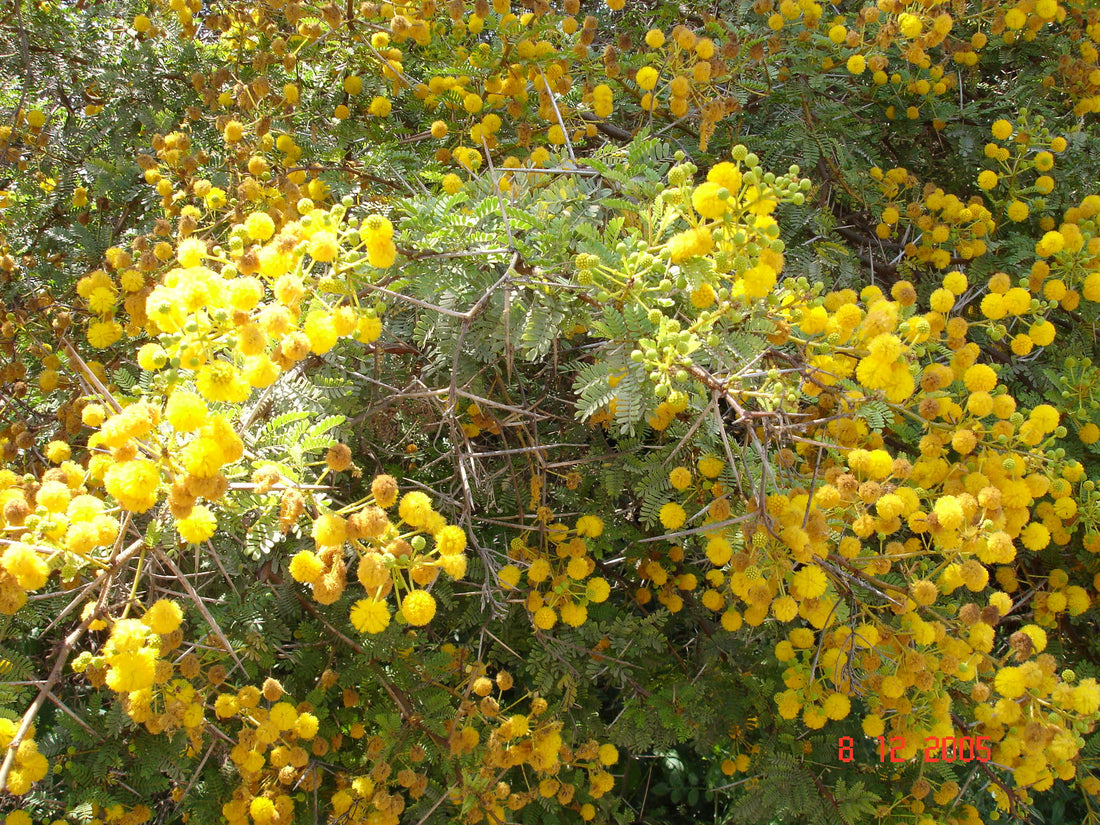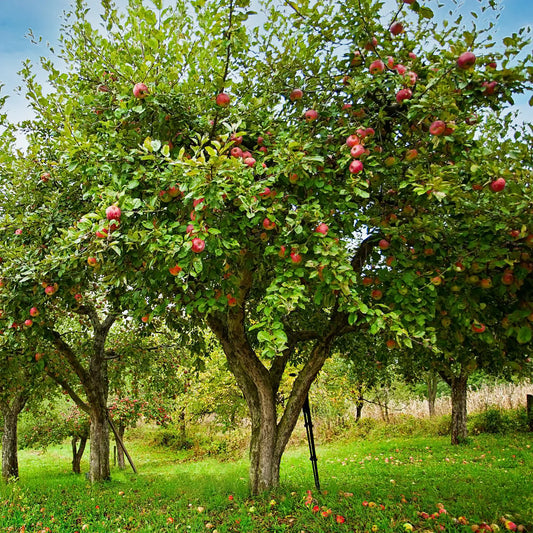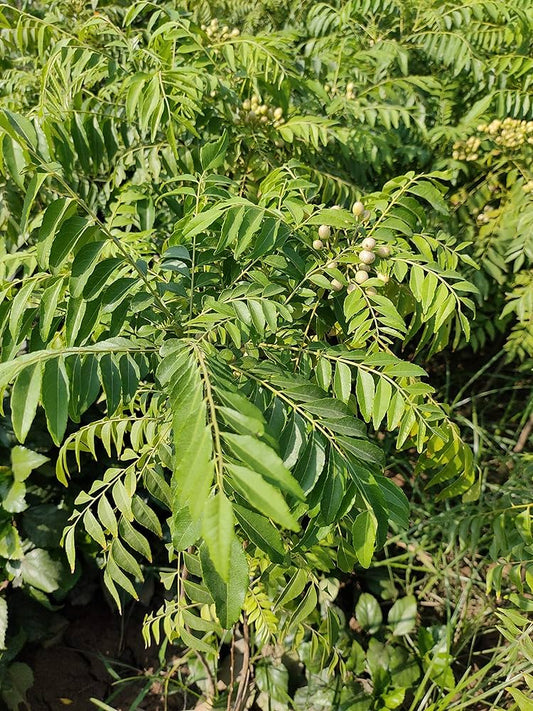

In the vast expanse of botanical wonders, the Shailendra Tree, scientifically known as Shorea robusta or Shailendra, stands as a majestic chronicle of cultural heritage and natural grandeur. This magnificent tree, adorned with towering height and lush foliage, not only commands attention Read more
Trending
Trees for Corporates
Shailendra Tree
You may also like
Corporate Plantations
Vachellia nilotica tree benefits
Explore the multitude of benefits offered by the Vachellia nilotica tree, renowned for its medicinal properties, ecological significance, and cultural importance. From its traditional uses in herbal medicine to its role in supporting biodiversity and ecosystem services, the Vachellia nilotica tree provides a wealth of health benefits, environmental contributions, and cultural values, making it a valuable resource in various domains.
Vachellia nilotica tree
Delve into the botanical details and cultural significance of Vachellia nilotica, commonly known as the Acacia nilotica or the Nile acacia, revered for its distinctive appearance, medicinal attributes, and socioeconomic value. As a thorny, deciduous tree native to Africa, the Middle East, and the Indian subcontinent, Vachellia nilotica holds a prominent place in traditional medicine, land management, and cultural practices, where it is cherished for its resilience, adaptability, and utility.
Vachellia nilotica tree in traditional medicine
Uncover the therapeutic uses of the Vachellia nilotica tree in traditional healing systems, where it is esteemed for its medicinal bark, gum, pods, and leaves. In various indigenous healing traditions, Vachellia nilotica is utilized to treat a wide range of ailments, including digestive disorders, respiratory conditions, and skin ailments, reflecting its versatility and efficacy in folk medicine practices.
Vachellia nilotica tree uses
Discover the diverse applications of the Vachellia nilotica tree, from its bark and gum used in traditional remedies to its wood, fodder, and environmental uses. Rich in bioactive compounds such as tannins, flavonoids, and alkaloids, Vachellia nilotica extracts exhibit anti-inflammatory, antimicrobial, and antidiabetic properties, while its timber is valued for its durability and resistance to decay, showcasing its multifaceted utility and commercial potential.
Vachellia nilotica tree cultivation
Learn about the cultivation practices and environmental requirements essential for growing Vachellia nilotica trees, vital for sustaining their population and meeting various needs. Vachellia nilotica trees thrive in arid and semi-arid climates with well-drained soil and ample sunlight, requiring minimal water and maintenance once established, highlighting their resilience and suitability for sustainable agroforestry and land restoration practices.
Vachellia nilotica tree conservation
Understand the importance of conserving Vachellia nilotica trees and the efforts aimed at protecting their habitats and genetic diversity. Habitat degradation, deforestation, and overexploitation pose significant threats to Vachellia nilotica tree populations, underscoring the need for conservation initiatives and community-based stewardship to safeguard their ecological integrity and cultural heritage.
Vachellia nilotica tree phytochemistry
Explore the chemical composition of Vachellia nilotica bark, gum, pods, and leaves, which contain a variety of bioactive compounds known for their medicinal and nutritional properties. From polyphenols and flavonoids to saponins and glycosides, Vachellia nilotica extracts exhibit diverse pharmacological effects, including antioxidant, anti-inflammatory, and antimalarial activities, making them valuable ingredients in herbal medicine and nutraceutical formulations.
Vachellia nilotica tree traditional knowledge
Delve into the traditional wisdom surrounding the Vachellia nilotica tree, passed down through generations in indigenous healing traditions, cultural rituals, and ecological practices. Vachellia nilotica holds a sacred place in African, Middle Eastern, and South Asian cultures, symbolizing resilience, sustenance, and cultural identity, while its medicinal virtues continue to be revered in folk remedies and spiritual ceremonies, showcasing its cultural and ecological significance.
Vachellia nilotica tree habitat
Explore the natural habitats favored by Vachellia nilotica trees, typically found in arid and semi-arid regions, including savannas, grasslands, and riverine forests. Vachellia nilotica trees play a vital role in ecosystem functioning, providing food and shelter for wildlife, regulating water flow, and enhancing soil fertility, highlighting their ecological importance and contribution to landscape resilience.
Vachellia nilotica tree sustainable practices
Examine sustainable approaches to managing Vachellia nilotica tree resources, emphasizing conservation, community engagement, and ecosystem restoration. From promoting agroforestry and reforestation initiatives to implementing fair trade practices and value-added processing, sustainable strategies aim to balance economic development with environmental stewardship and cultural preservation, ensuring the long-term sustainability of Vachellia nilotica tree populations and their ecological and cultural significance.
FAQ
What is the Shailendra Tree?
The Shailendra Tree, scientifically known as Shorea robusta, is a majestic evergreen tree native to the Indian subcontinent, particularly prevalent in the forests of India and Nepal. Also called the Sal Tree, it holds cultural, religious, and ecological significance.
What are the cultural and religious uses of the Shailendra Tree?
The Shailendra Tree is revered in Hinduism and Buddhism for its association with various deities and religious rituals. Its wood is used in temple construction, religious ceremonies, and the production of sacred objects.
How does the Shailendra Tree contribute to biodiversity?
The Shailendra Tree plays a vital role in supporting biodiversity by providing habitat, food, and shelter for numerous plant and animal species. Its presence in forest ecosystems enhances ecological balance and promotes species diversity.
Can the wood of the Shailendra Tree be used for commercial purposes?
Yes, the wood of the Shailendra Tree is highly valued for its durability, strength, and resistance to decay. It is extensively utilized in the construction industry for making furniture, doors, flooring, and railway sleepers.
What are the ecological benefits of the Shailendra Tree?
The Shailendra Tree contributes to ecosystem health by preventing soil erosion, improving soil fertility, and regulating water cycles. Its dense canopy provides shade, conserves moisture, and supports understory vegetation.
Is the Shailendra Tree endangered due to overexploitation?
While the Shailendra Tree faces threats from overexploitation, habitat loss, and illegal logging, concerted conservation efforts and sustainable forest management practices are essential to ensure its long-term survival.
Can the flowers of the Shailendra Tree be used for medicinal purposes?
Yes, the flowers of the Shailendra Tree have medicinal properties and are used in traditional Ayurvedic medicine to treat various ailments such as diarrhea, dysentery, inflammation, and respiratory disorders.
Are there any known cultural rituals associated with the Shailendra Tree?
Yes, the Shailendra Tree is central to various cultural rituals and festivals, particularly in regions where it is abundant. Its leaves, flowers, and wood are used in religious ceremonies, weddings, and community celebrations.
How does the Shailendra Tree support sustainable forestry practices?
The Shailendra Tree supports sustainable forestry practices through its regeneration capacity, which enables natural regeneration and afforestation efforts. Sustainable harvesting and reforestation ensure the continued availability of its resources.
Can the leaves of the Shailendra Tree be used for medicinal purposes?
Yes, the leaves of the Shailendra Tree have medicinal properties and are used in traditional medicine formulations to alleviate fever, pain, skin conditions, and digestive issues.
What are the traditional methods of harvesting Shailendra Tree wood?
The wood of the Shailendra Tree is traditionally harvested using sustainable methods, ensuring minimal impact on the surrounding ecosystem. Selective logging and replanting help maintain forest integrity and biodiversity.
Is Shailendra Tree cultivation economically viable?
Yes, Shailendra Tree cultivation can be economically viable, especially in agroforestry systems and community-based forest management initiatives. The tree provides valuable timber, non-timber forest products, and ecosystem services.
Can Shailendra Tree leaves be used as fodder for livestock?
Yes, Shailendra Tree leaves are nutritious and palatable, making them suitable fodder for livestock such as cattle, goats, and sheep. Incorporating Shailendra Tree foliage into animal diets can improve livestock health and productivity.
Are there any known adverse effects of Shailendra Tree consumption?
While Shailendra Tree products are generally safe for consumption, excessive intake may lead to gastrointestinal discomfort or allergic reactions in some individuals. It is advisable to use them in moderation and consult a healthcare professional if needed.
How does Shailendra Tree cultivation contribute to rural livelihoods?
Shailendra Tree cultivation provides employment opportunities for local communities through activities such as tree planting, forest management, timber harvesting, and value-added processing. It contributes to poverty alleviation and sustainable development in rural areas.
Can Shailendra Tree seeds be used for oil extraction?
Yes, Shailendra Tree seeds contain oil-rich kernels that can be cold-pressed or solvent-extracted to obtain a valuable oil. Shailendra oil has various industrial applications, including soap making, lubrication, and biodiesel production.
What are the traditional uses of Shailendra Tree bark?
The bark of the Shailendra Tree has medicinal properties and is used in traditional medicine to treat wounds, ulcers, skin infections, and gastrointestinal disorders. It is also used in tanning and dyeing processes.
Does Shailendra Tree cultivation have any environmental benefits?
Yes, Shailendra Tree cultivation contributes to environmental conservation by sequestering carbon, mitigating climate change, and preserving biodiversity. Its role in forest ecosystems enhances ecosystem resilience and sustainability.
Can Shailendra Tree leaves be used for composting?
Yes, Shailendra Tree leaves are rich in nutrients and organic matter, making them ideal for composting. Adding Shailendra Tree leaves to compost piles enhances decomposition, soil fertility, and plant growth.
Where can one find sustainably sourced Shailendra Tree products?
Sustainably sourced Shailendra Tree products, including timber, essential oils, herbal extracts, and handicrafts, are available from certified forest management organizations, eco-friendly retailers, and fair trade cooperatives. It is essential to prioritize products sourced through ethical and environmentally responsible practices.
Most Popular
Connect with us
-
👥 Corporates
If you are looking for:
- 🌲 Tree Plantation Events
- 📊 CSR Projects
📧 corporate@growbilliontrees.com
📞 +91 9699723523
💬 +91 9370599291 WhatsApp (Only)
🕒 Mon - Sat | 10am - 7pm IST
-
🧩 Tree Plantation NGOs
If you are looking for:
- 💰 Financial Assistance
- 🤝 Operational Support
📧 support@growbilliontrees.com
📞 +91 9699723523
💬 +91 9370599291 WhatsApp (Only)
🕒 Mon - Sat | 10am - 7pm IST
-
🌼 Individuals
If you are looking for:
- 👥 Group Tree Plantation Drive
- 🌳 Bulk Tree Plantation
📞 +91 9699723523
💬 +91 9370599291 WhatsApp (Only)
🕒 Mon - Sat | 10am - 7pm IST






























